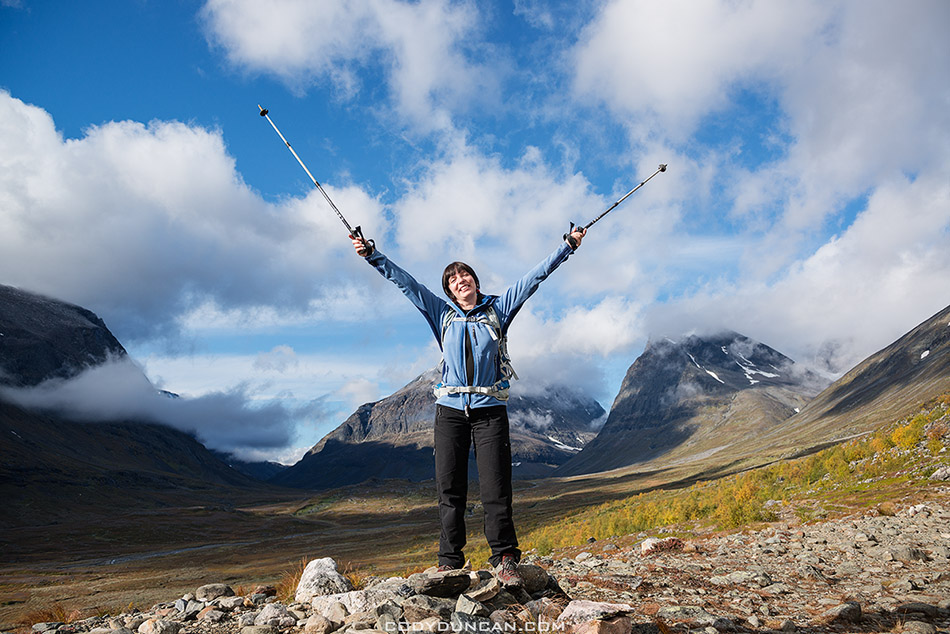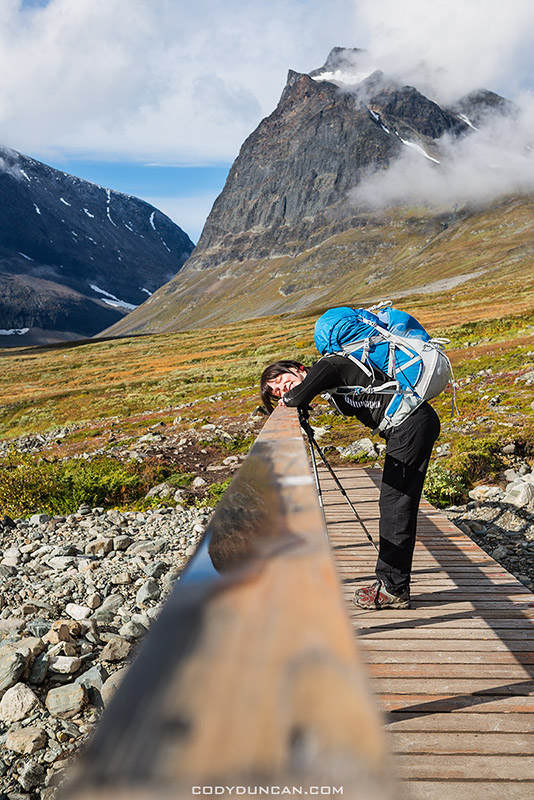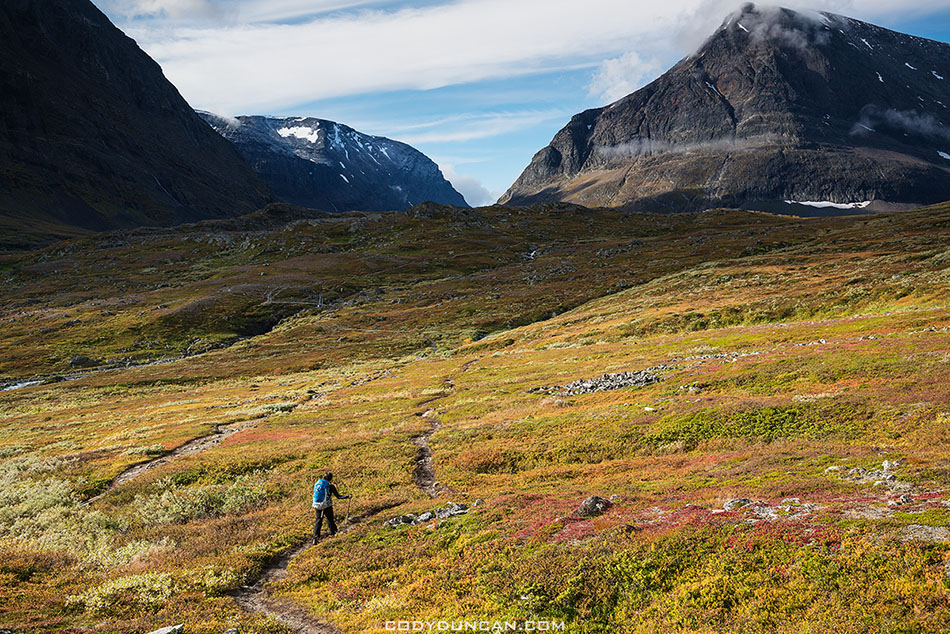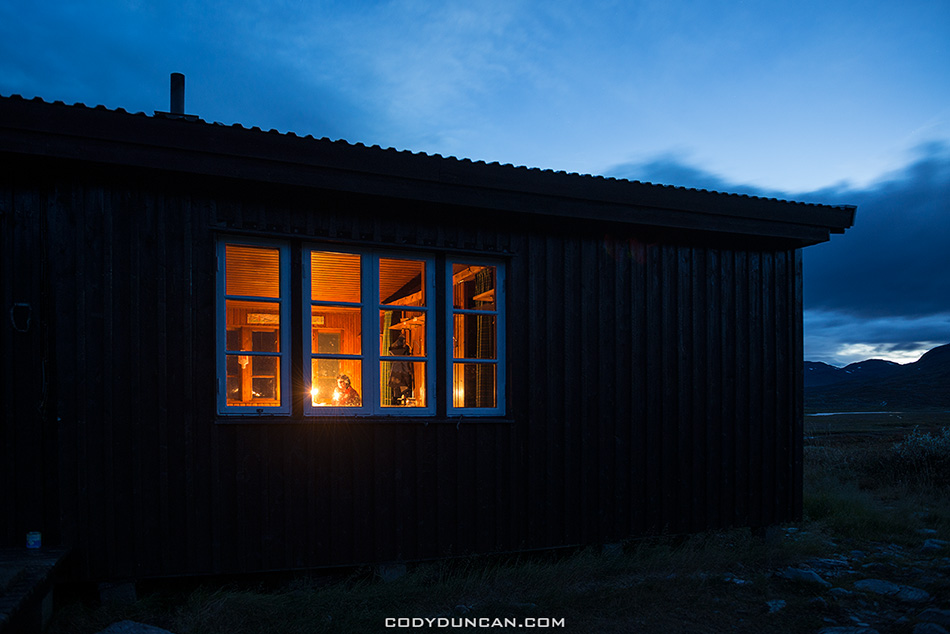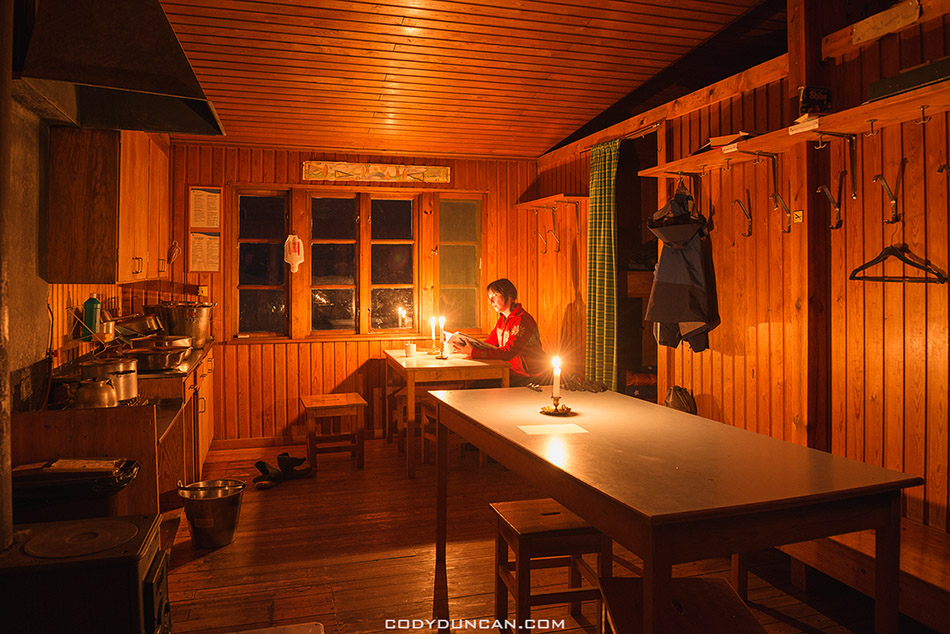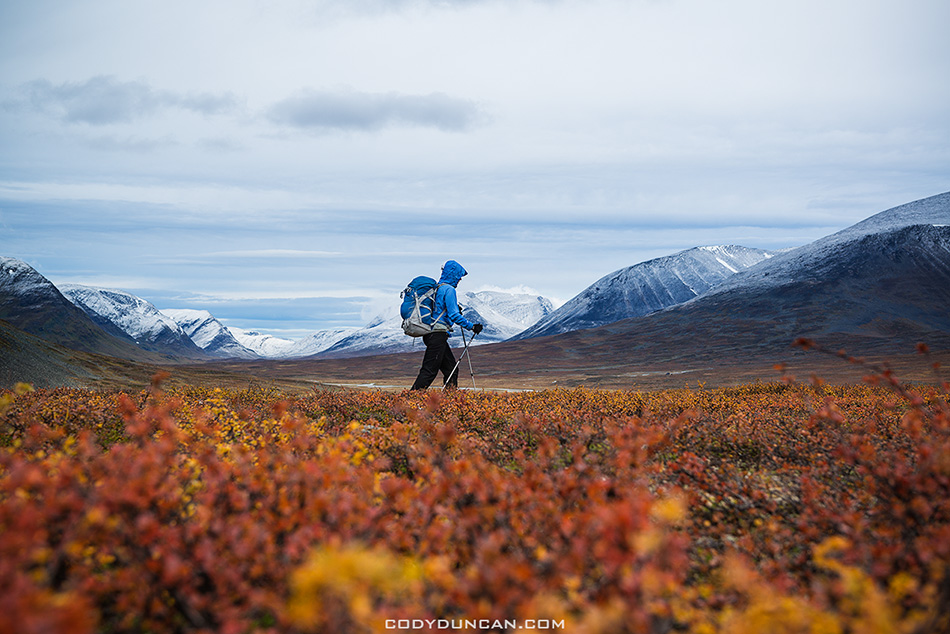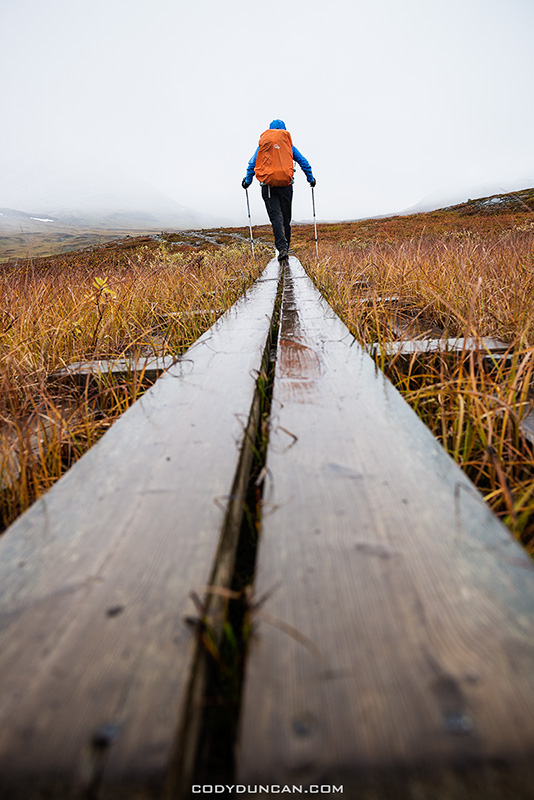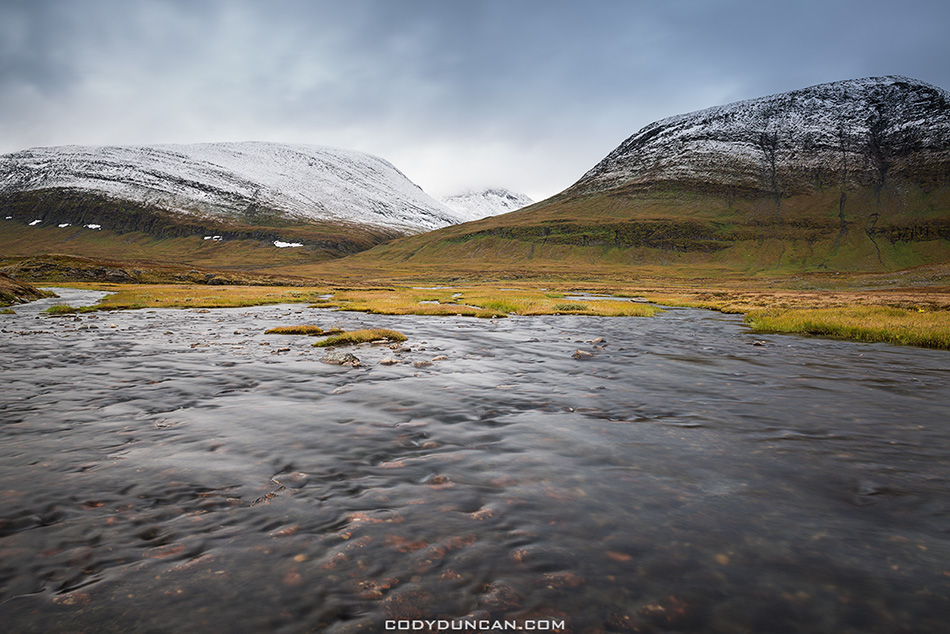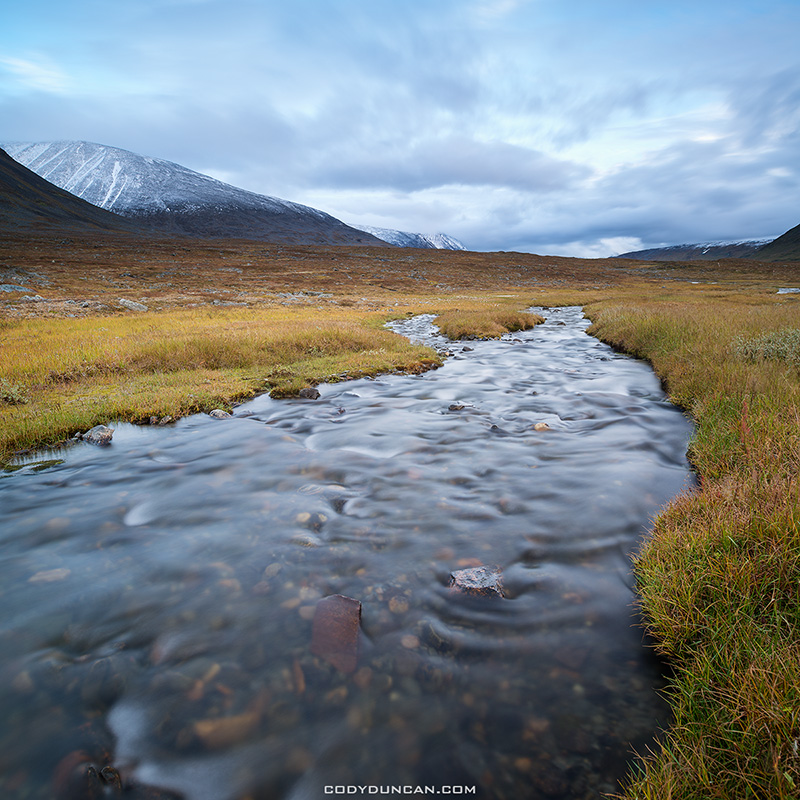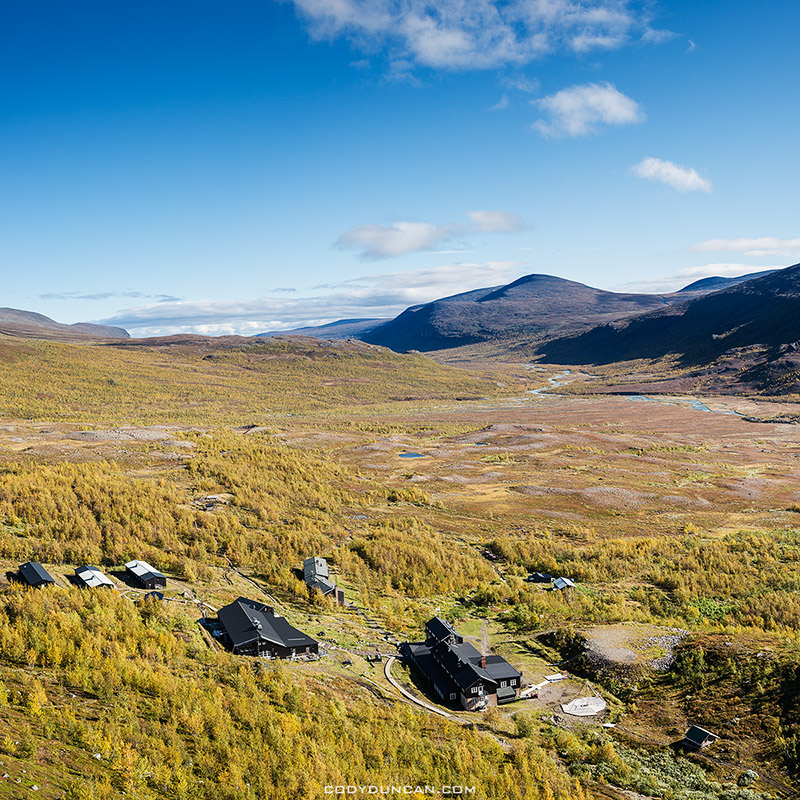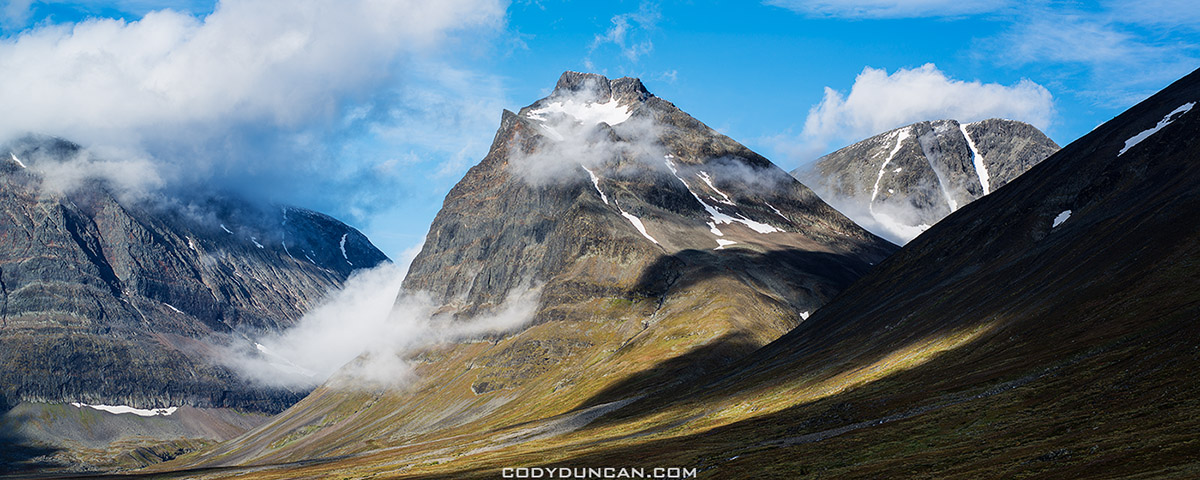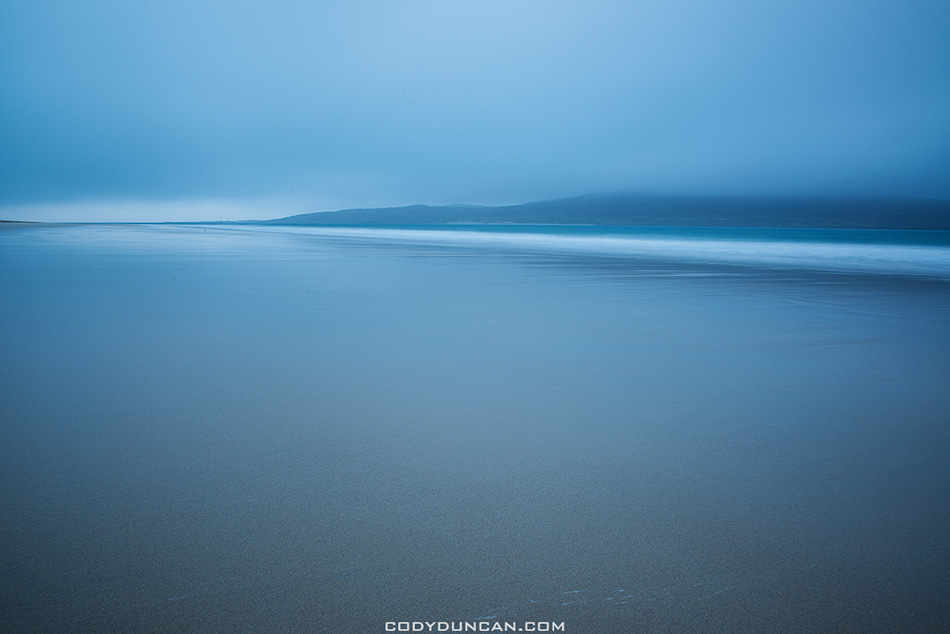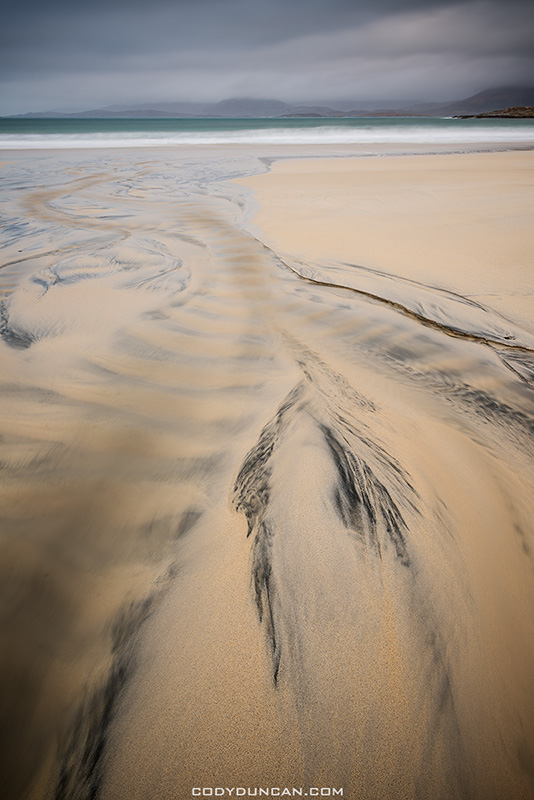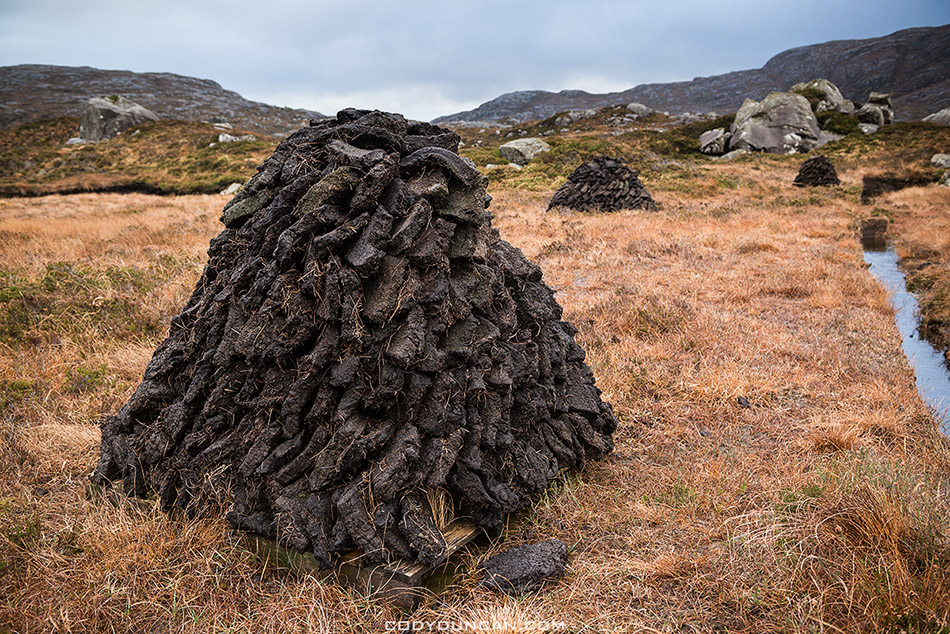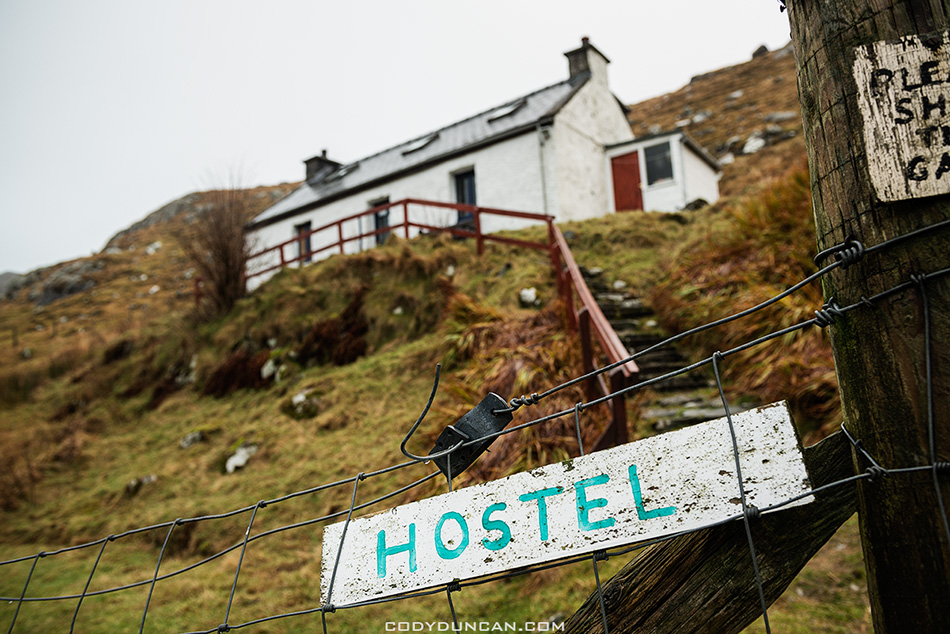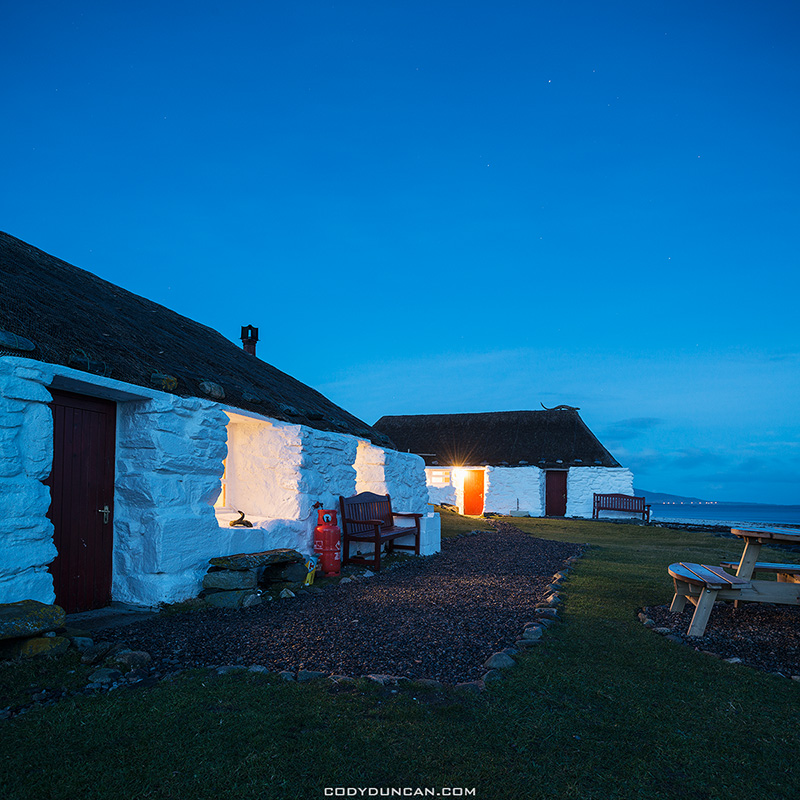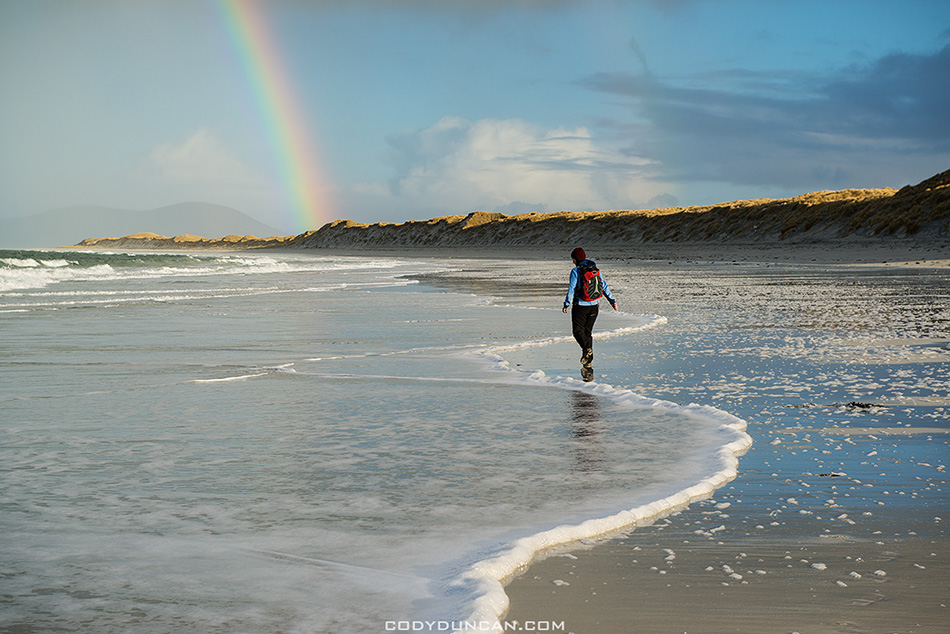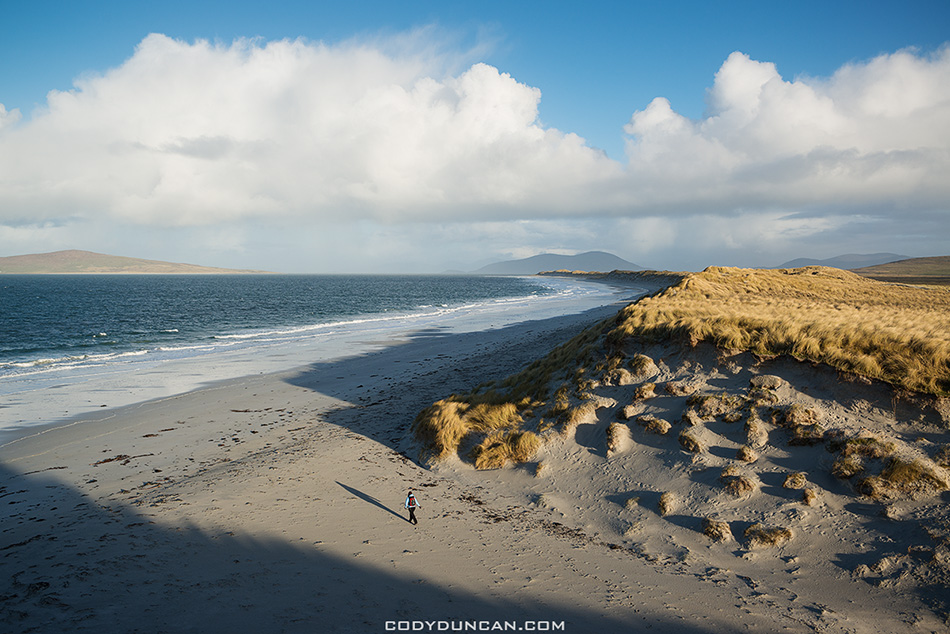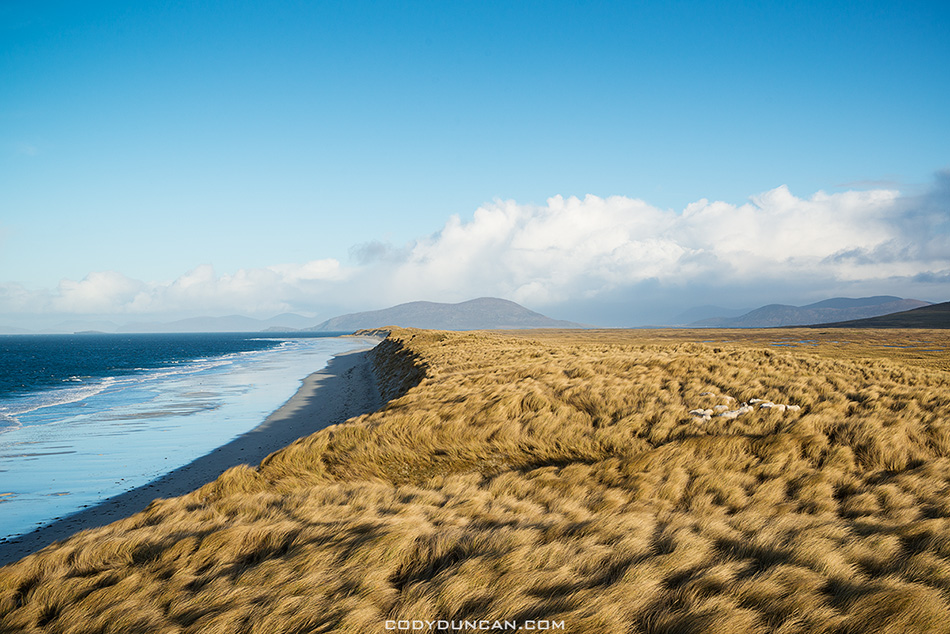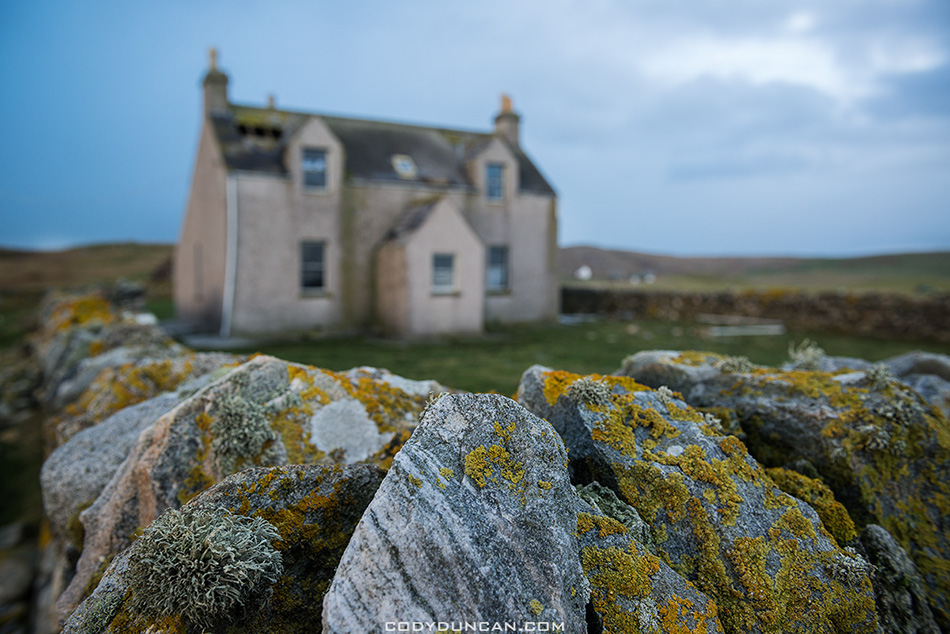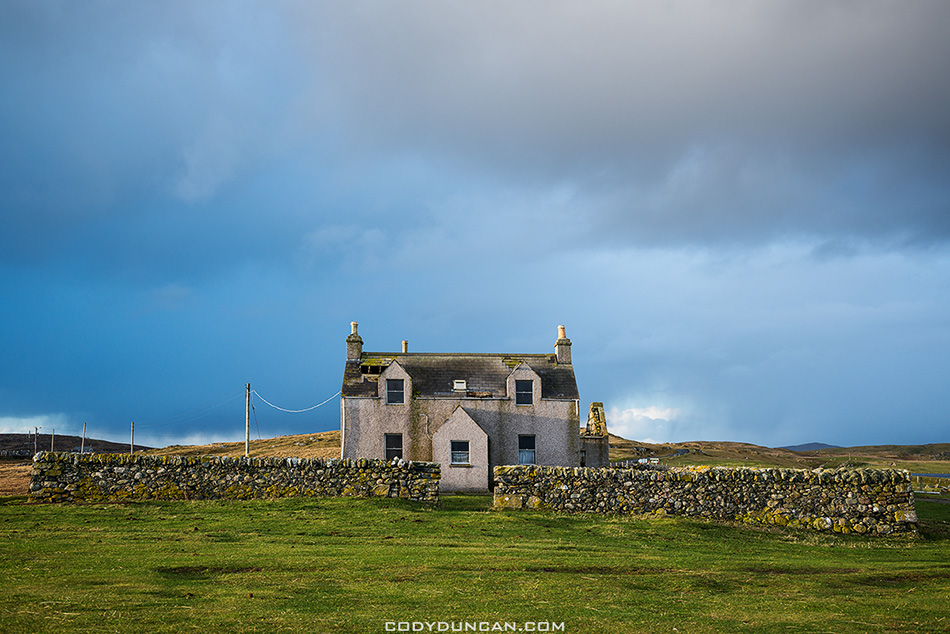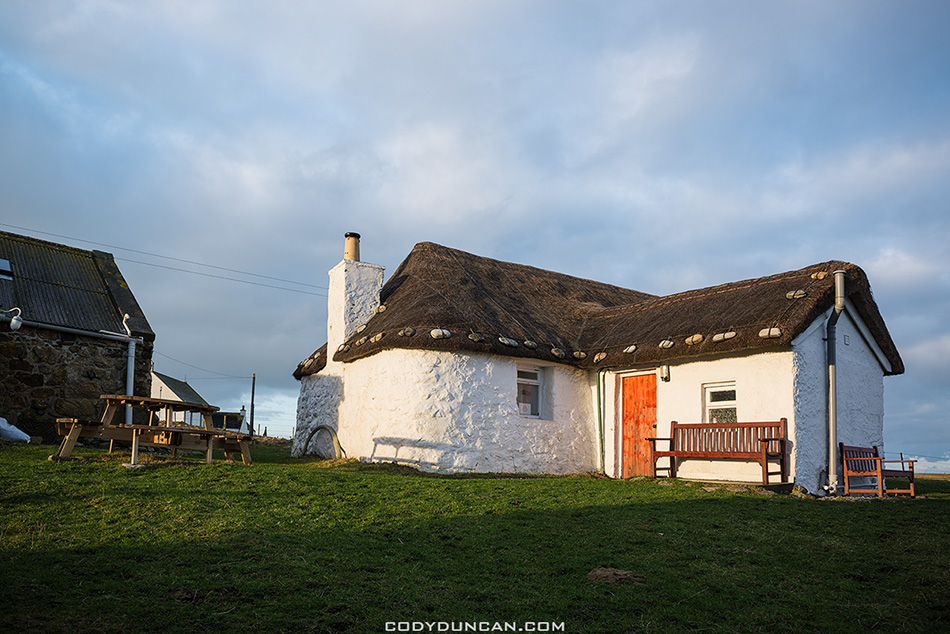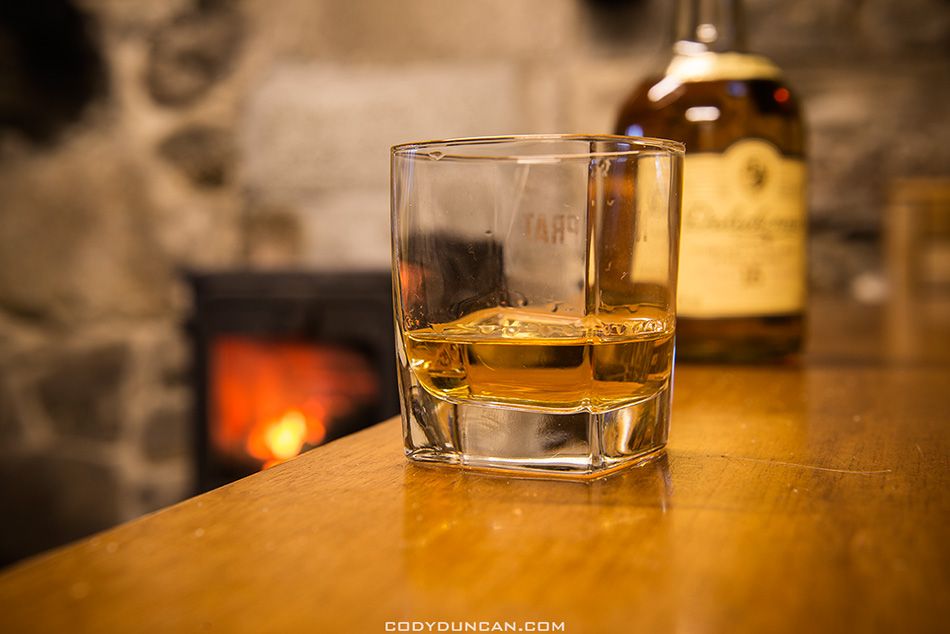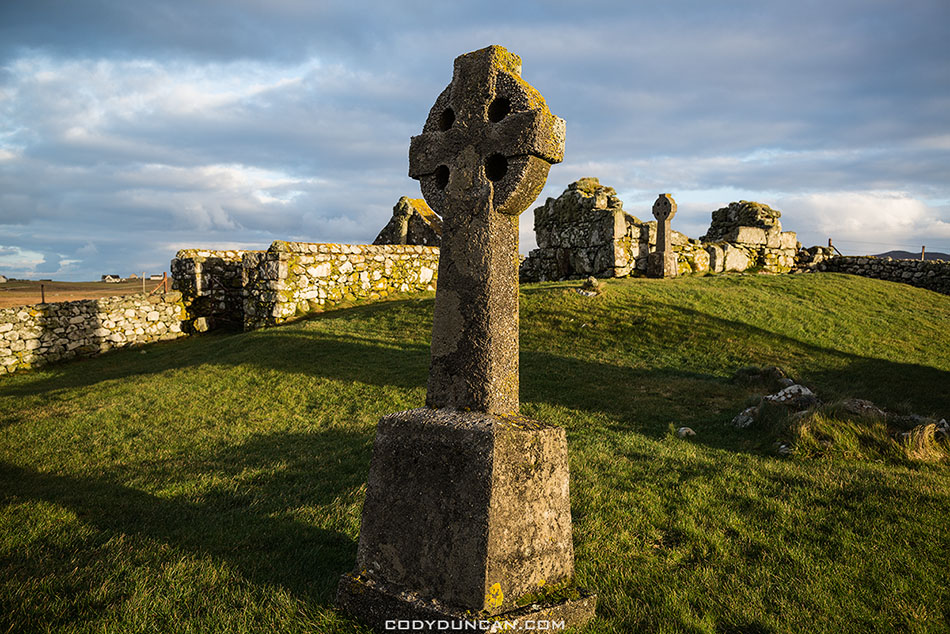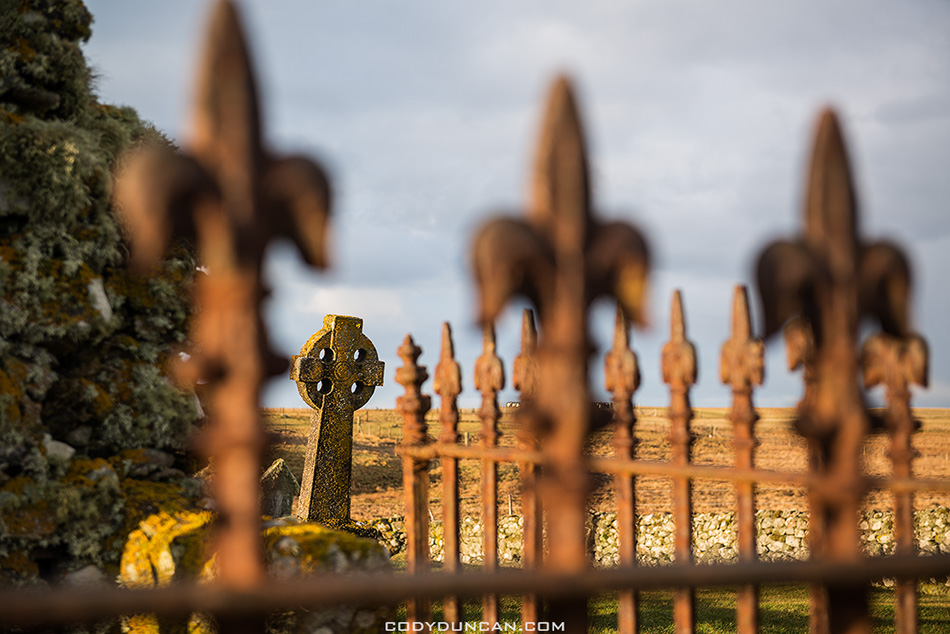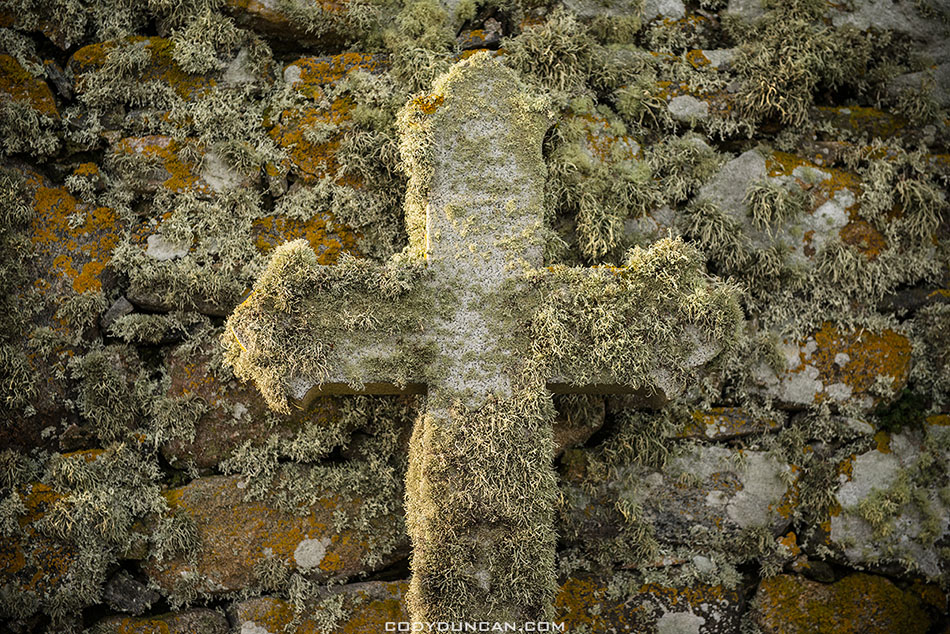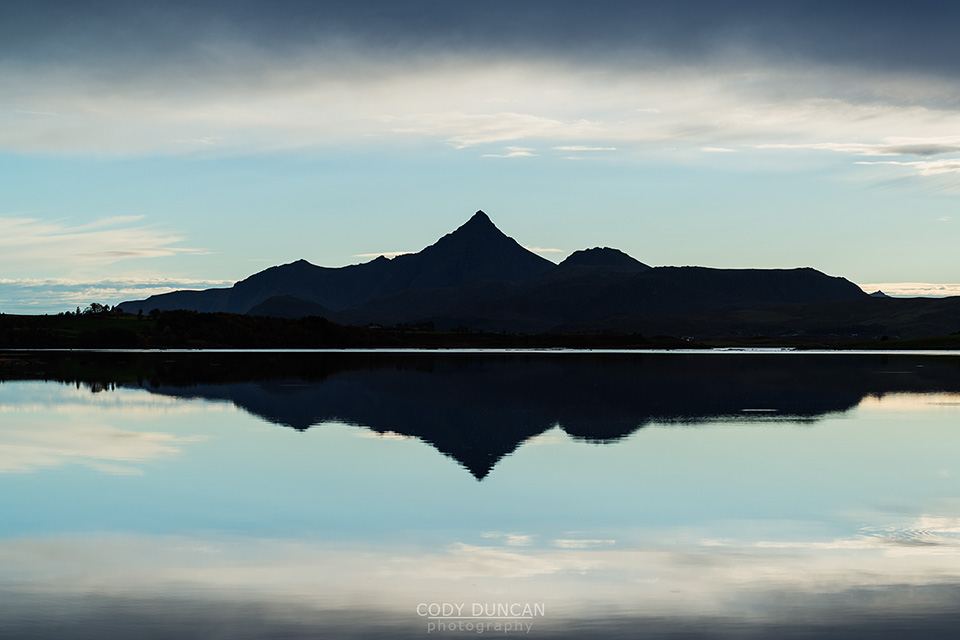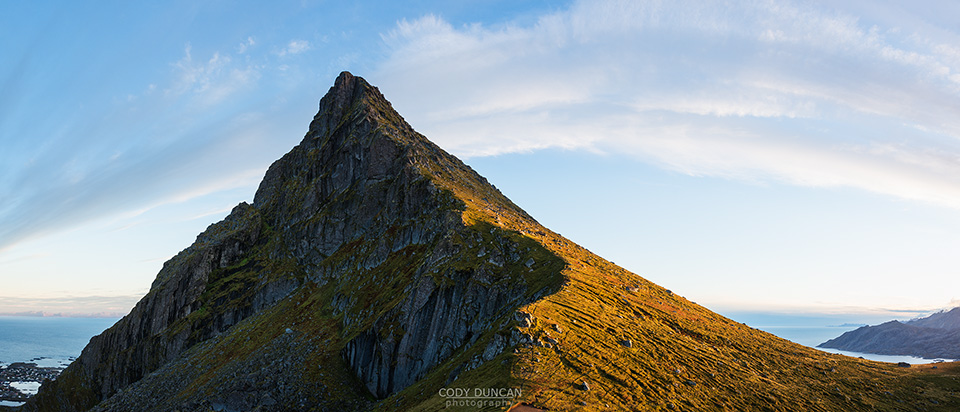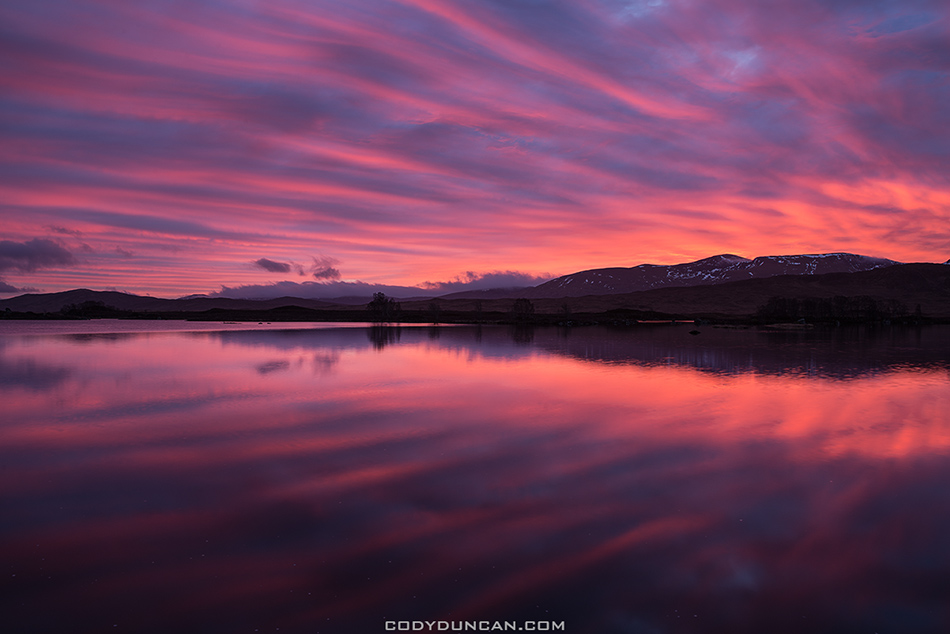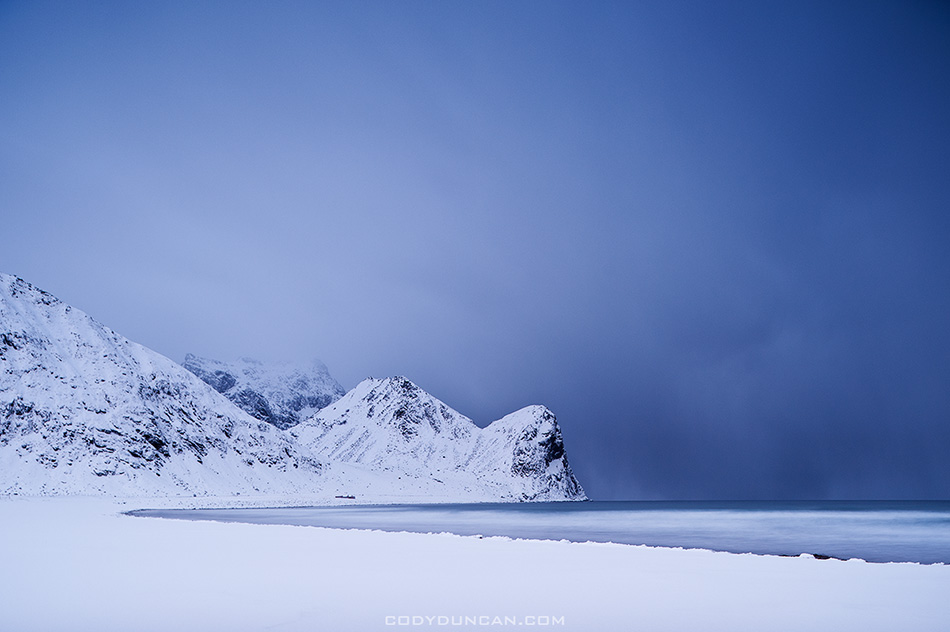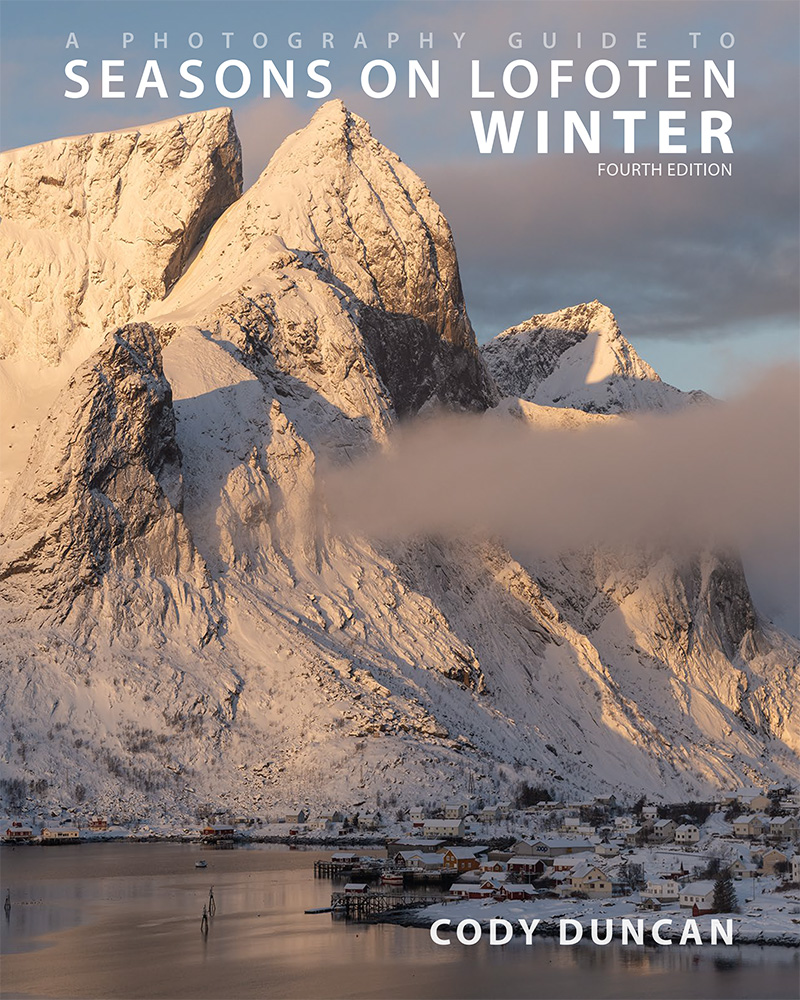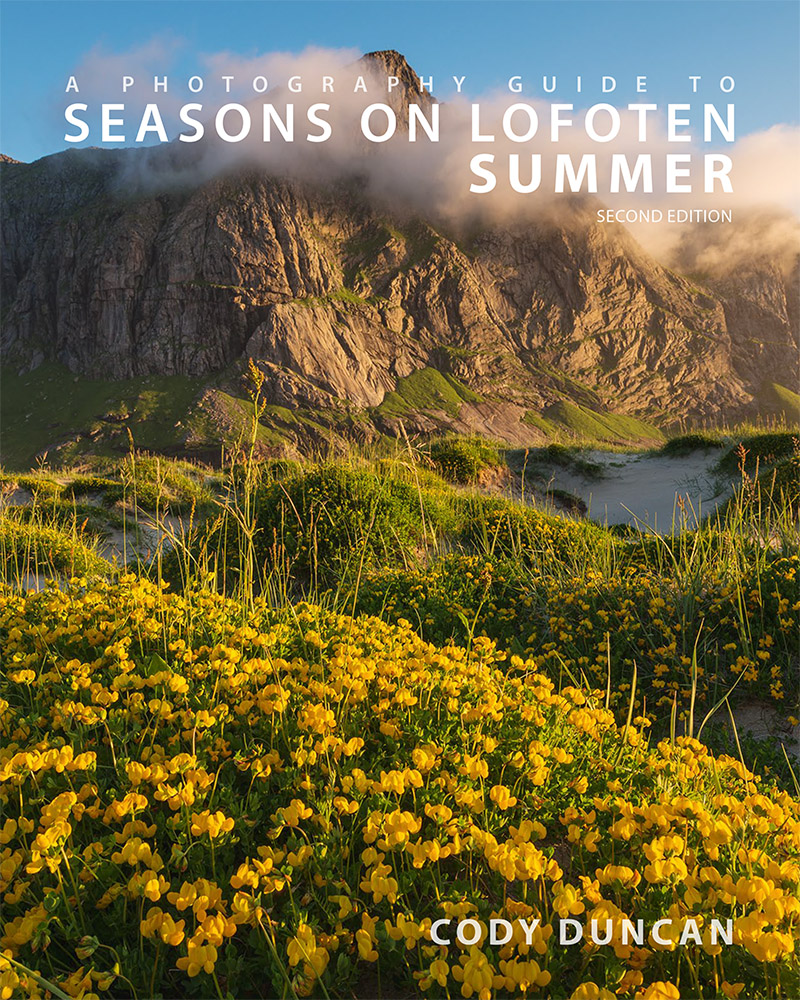Kungsleden Trail Sweden – Part 3 – Salka to Alesjaure
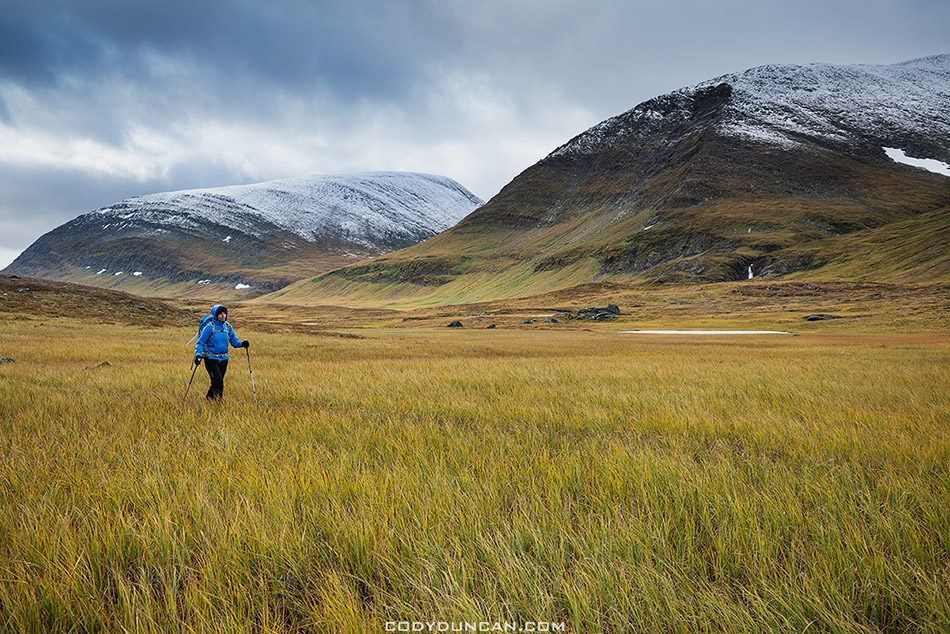
Photo: Hiking north through the scenic Tjäktjavagge, Kungsleden trail, Sweden. Sept 2012
Sälka to Tjäktja: 12km – Tjäktja to Alesjaure: 13km
[This is part 3 of my hike along the northern section of the Kungsleden trail, Sweden from Sept 11 – 20, 2012. Part 1 HERE, part 2 HERE. For a general overview of hiking the trail in autumn, CLICK HERE ]
I woke in the morning with a sore throat and a bit of a headache, which for me typically means one thing. I’m about to get a cold. I probably picked something up in Germany, most likely from my coughing neighbour at the festival, who also happened to sit behind us on the train, constantly coughing until we had to change trains.
It was another blustery day as we left Sälka, heading north towards Tjäktja pass, the highest point on the Kungsleden’s northern section. And unfortunately this day, the wind was heading directly into our faces. It was also on this section in 2009 that the wind was so strong, it blew my rain cover right off my pack, which unfortunately I didn’t notice for a few minutes then had to turn around and go chase it down.
At 1,140 meters in elevation Tjäktja pass is not especially high. But as it sits at the northern end of the long Tjäktjavagge, the views south are some of the most spectacular along the trail. Unfortunately for my camera, I didn’t choose the most scenic day to head over the pass. I gave some thought about spending the night in the shelter at the top, but eventually decided to continue to to Tjäktja hut. Arriving at Tjäktja hut, we were now a little more than half way though the 110km distance of the trail.
After a cold windy day hiking, my cold had worsened, and infect we were both now sick. I loaded up on Ibuprofen and tried to make the best of it. If there is one hut that seems to be most often skipped along the trail, it is Tjäktja. And as it ended up, it was just the two of us there for the night. I actually feel a little bad about staying in an empty hut, as it takes a lot of wood to head the place up for just two people. The hut warden, an old lady that didn’t speak much English, but was always smiling, must of thought me to be a bit crazy as I was running around and setting up my cameras to shoot time-lapse sequences. I tried to explain what I was doing, but I’m not sure I got the point across, but she did seem amazed at the amount of crap I was carrying!
As the morning light increased, a fresh layer of snow was covering the ground around the hut. And so once again, we headed out into the wind and snow and rain for a relatively easy hike to Alesjaure hut. Luckily the wind was back to our backs again, it what turned into a pretty grim day for the most part.
Partly because of our colds and partly because we were a few days ahead of schedule, we would spend two nights at Alesjaure hut. I knew the area around the hut to be fairly scenic, so this would also give me a change to see if the weather might decide to clear up. And as luck would have it, I would have the pleasure of meeting another one of my blog readers here, this time from Austria. I’m always amazed at how small the world can be sometimes.
So some lazy days passed. A few photos here and there, but the light largely remained elusive. We even spoiled ourselves and bought a can of beans, perhaps the most expensive beans I’ll ever eat in my life, and instant mash potatoes to bring some variety to our bland diets of couscous thus far. I think even one of the worlds most expensive apples was bought, though I don’t think I received any. Oh, and a nice warm sauna in the evenings was nothing to complain about!
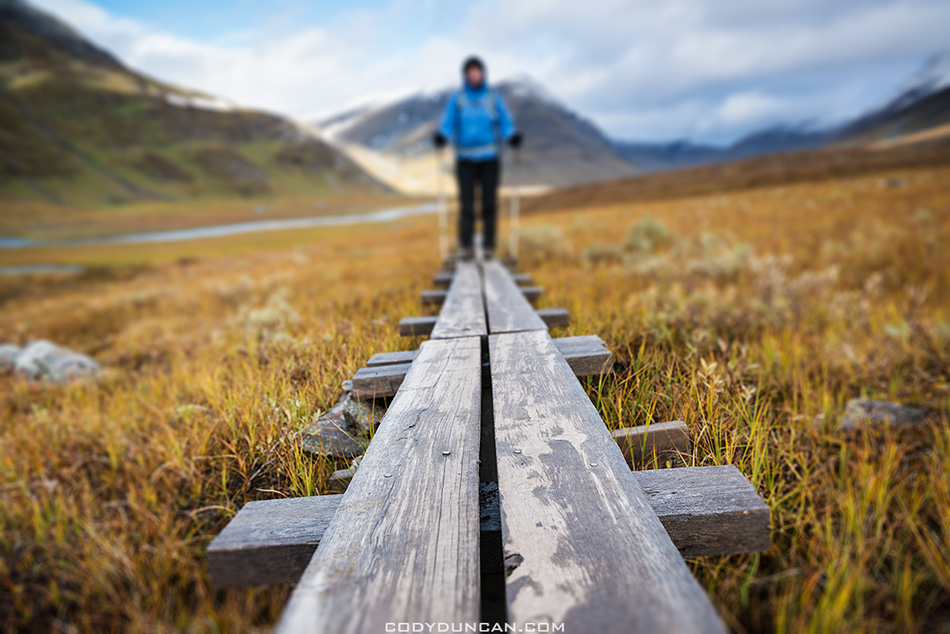
Photo: Mountain sidewalk, Kungsleden trail, Sweden. Sept 2012
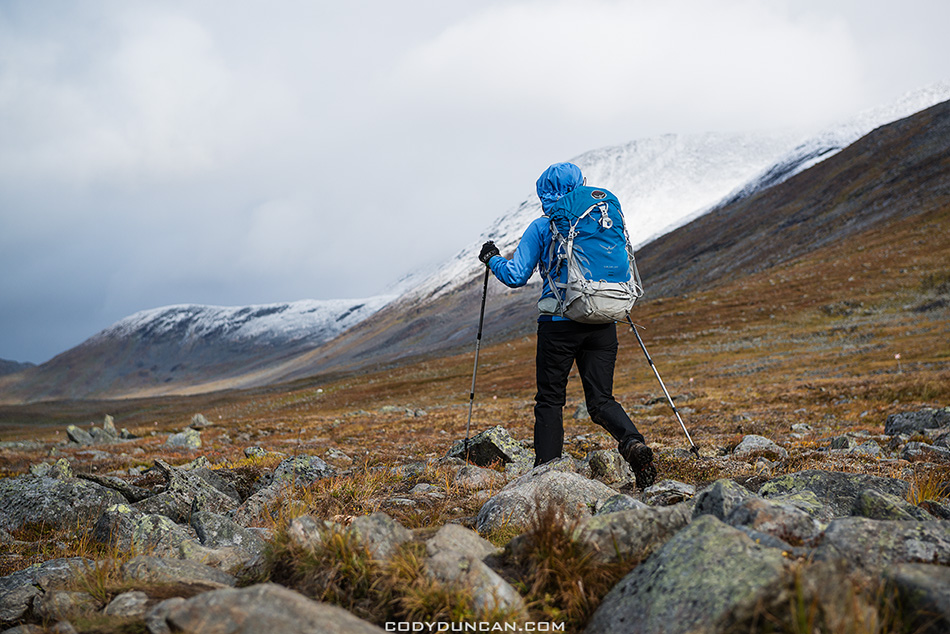
Photo: Hiking north towards Tjäktja pass, Kungsleden trail, Sweden. Sept 2012
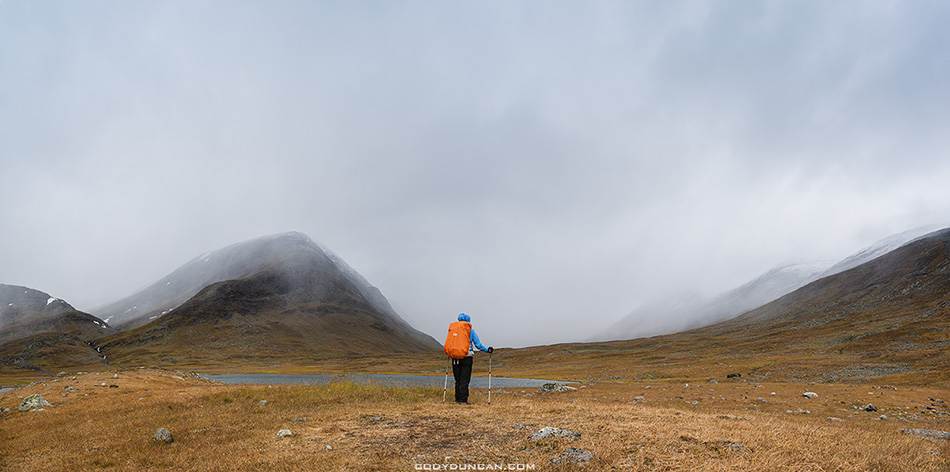
Photo: Awaiting the arrival of a snow flurry, Kungsleden trail, Sweden. Sept 2012
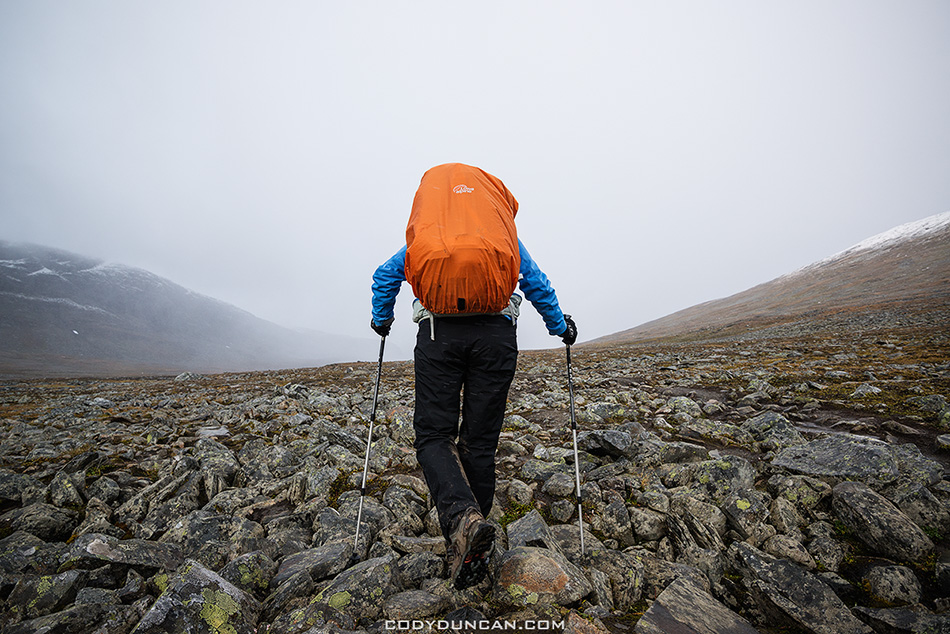
Photo: Hiking over rocky terrain, Kungsleden trail, Sweden. Sept 2012

Photo: Overnight dusting of snow at Tjäktja hut, Kungsleden trail, Sweden. Sept 2012
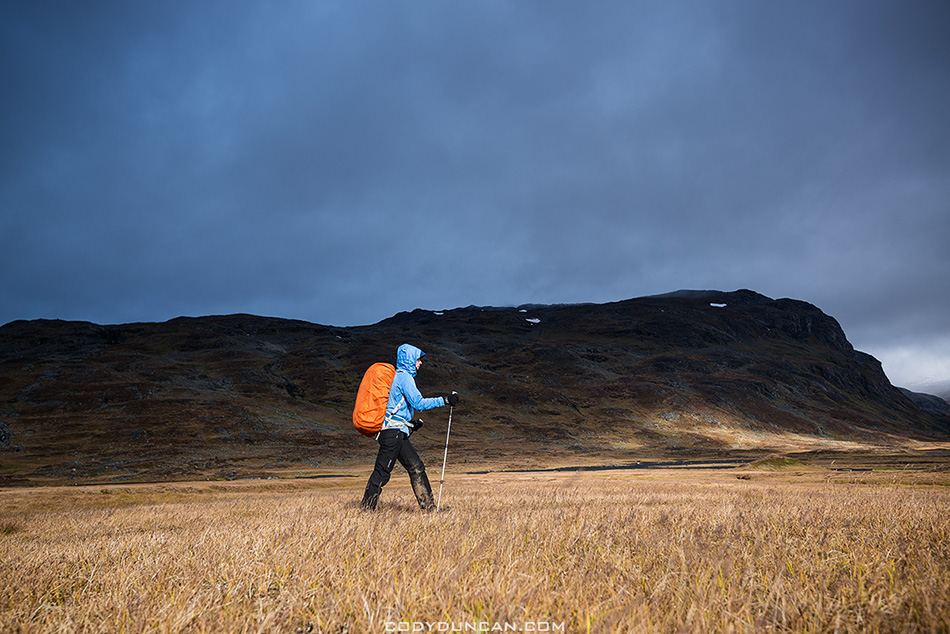
Photo: A brief moment of light on the way to Alesjaure, Kungsleden trail, Sweden. Sept 2012

Photo: Dark skies to the south from Alesjaure, Kungsleden trail, Sweden. Sept 2012
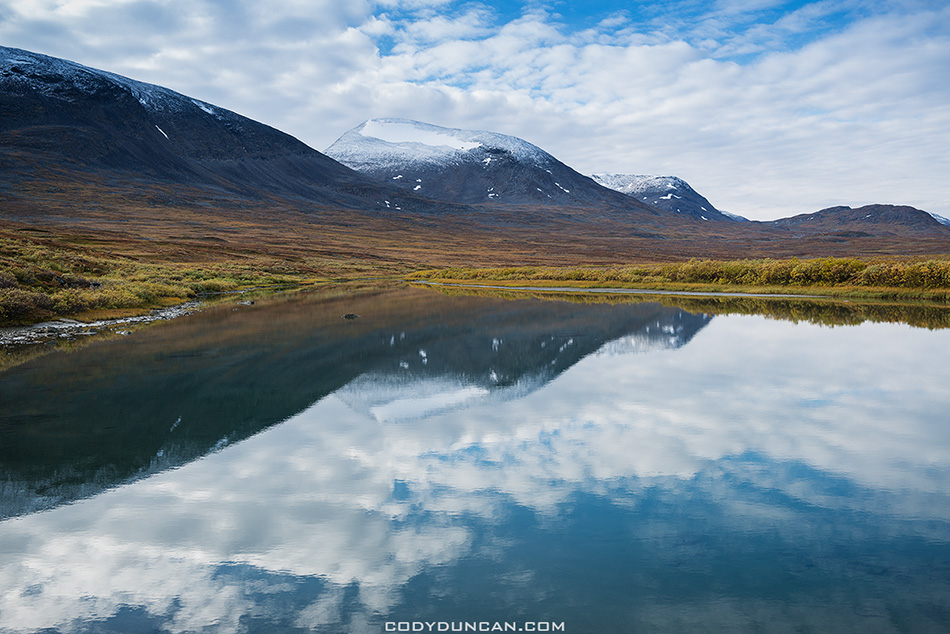
Photo: Mountain reflection near Alesjuare, Kungsleden trail, Sweden. Sept 2012

Photo: Perhaps I should sleep with one eye open? Alesjaure hut, Kungsleden trail, Sweden. Sept 2012
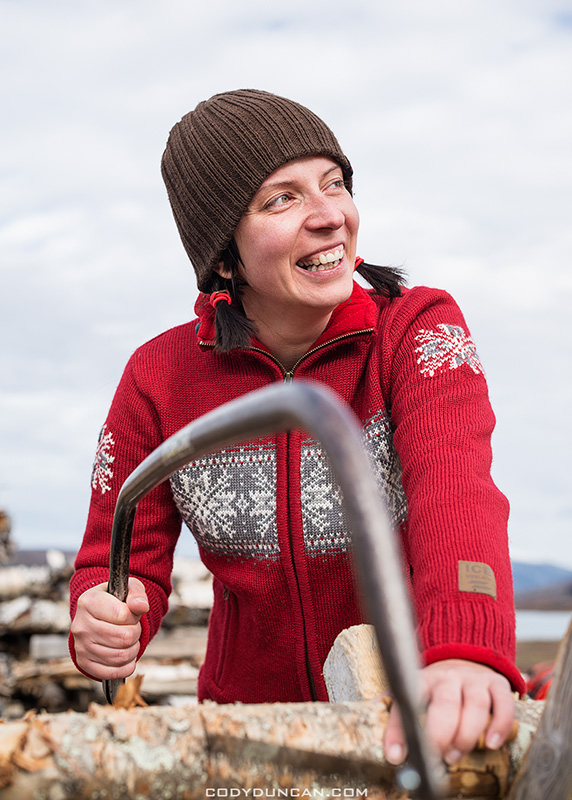
Photo: Preparing the evenings firewood at Alesjaure hut, Kungsleden trail, Sweden. Sept 2012

